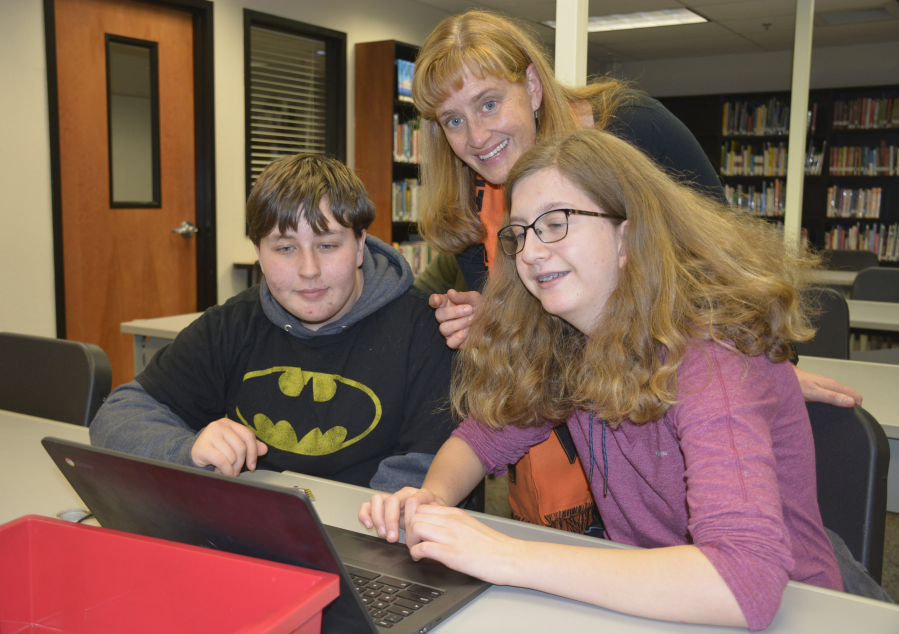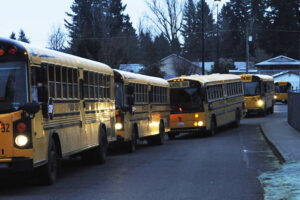Hillary Marshall, who has worked as an educator for the past 24 years, mostly as a library scientist, knows better than most about how emerging technologies have vastly changed the role of school libraries and school librarians.
“Now it’s more (about) me collaborating with teachers in their classrooms,” said Marshall, now in her seventh year as Washougal High School’s (WHS) librarian and new media technician. “I teach a lot of technology integration, and how to decipher information. I’m doing a lot more (with) the STEM (science, technology, engineering and math) principles. I do a lot with our 3D printer. As jobs and information literacy change, my job as a librarian changes.”
That’s a big reason why she implemented a makerspace in the WHS library two years ago. Makerspaces are collaborative work spaces devoted to using technology for creating, making, learning, exploring and sharing. They can include things like three-dimensional printers, laser cutters, computer numerical control machines, soldering irons and even sewing machines.
Now that Marshall has her own makerspace established, she’s helping other teachers and librarians to integrate makerspaces into their schools. Earlier this year, Marshall was selected as one of nine Washington educators to develop the “Makerspace Your School Library” curriculum for teacher librarians.
The project was funded by a grant from the Institute for Museum and Library Services through the Library Services and Technology Act and written by Siri Hiltz, youth services consultant for the Washington State Library.


